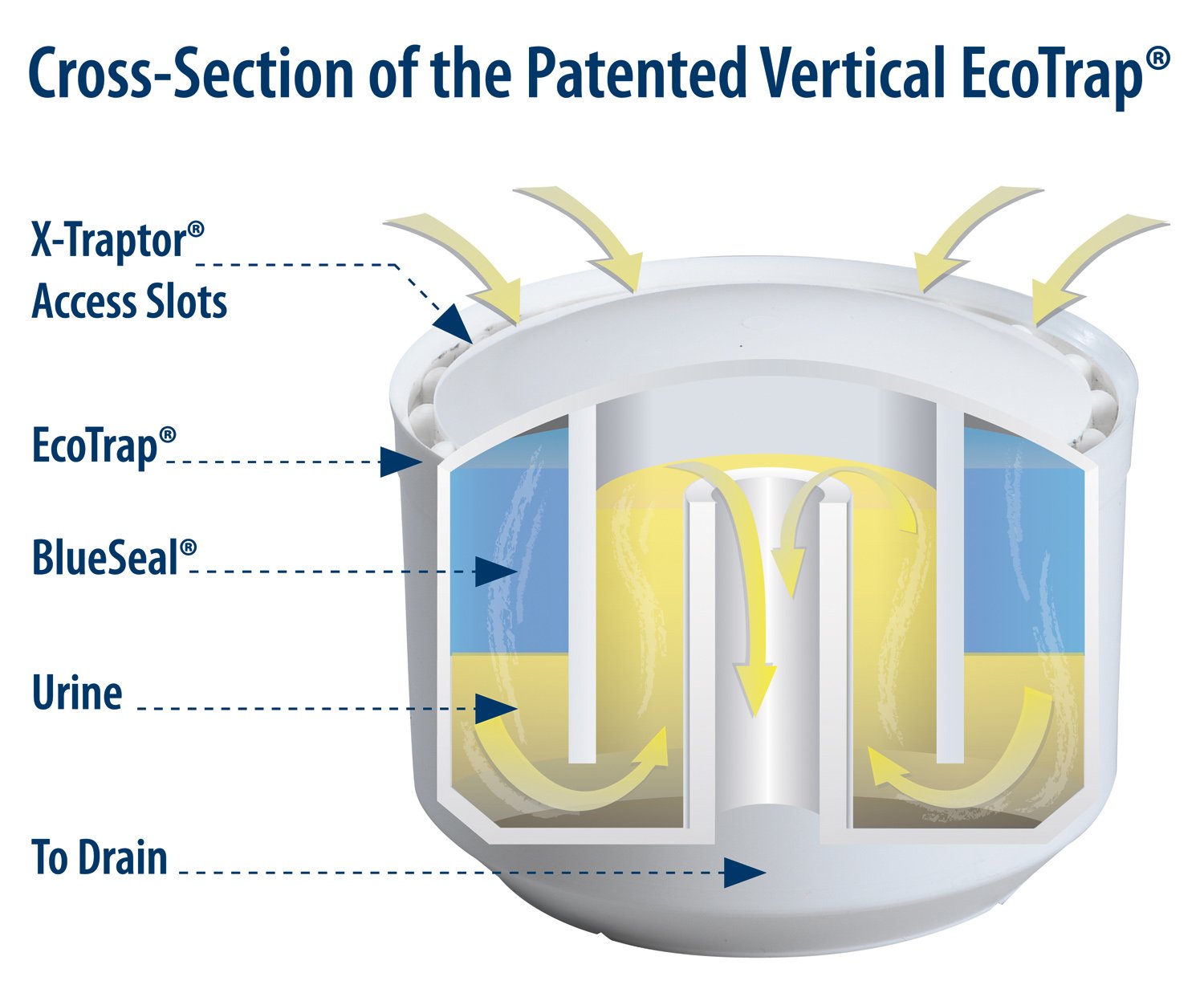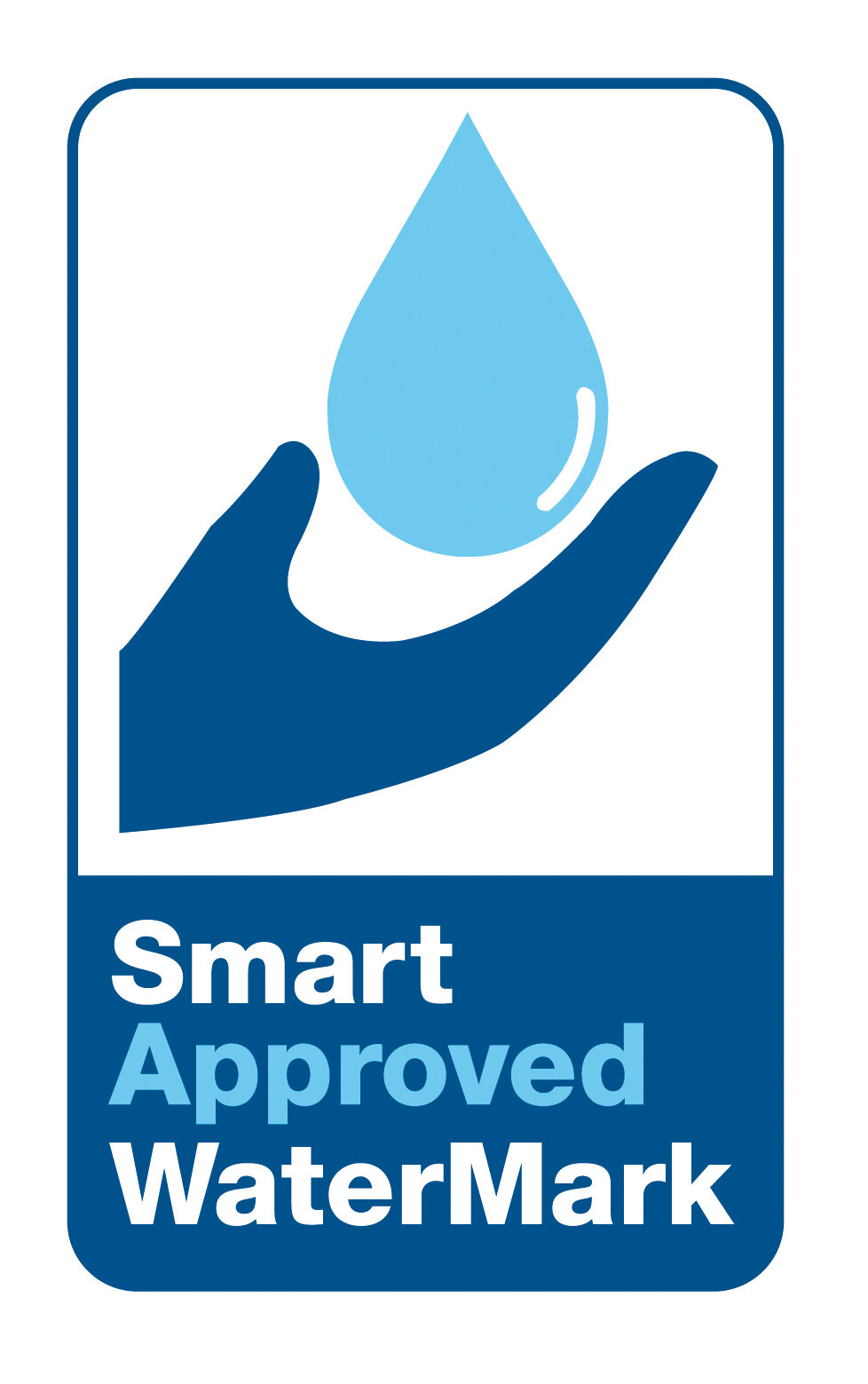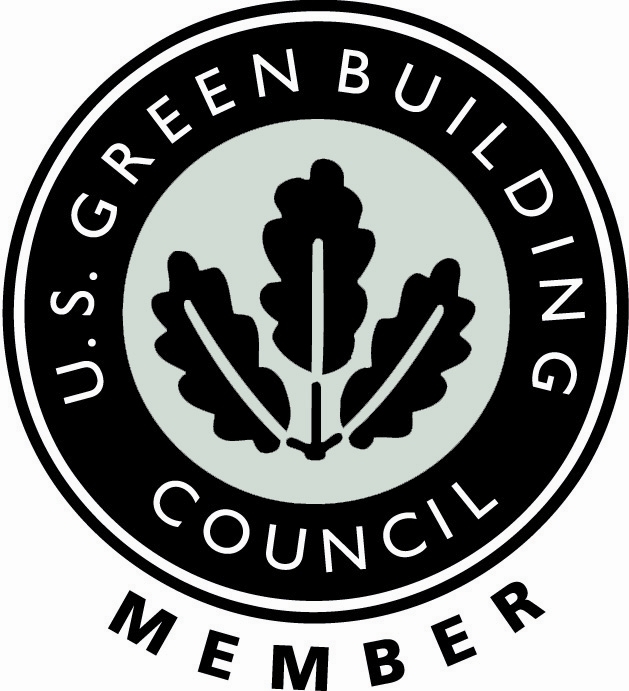While we do not hear about it much any longer, some facilities that have recently installed no-water urinals are encountering malodor issues.
To explain what is likely happening and how to correct it, we must have a quick refresher on this topic.
To do this, we turn to Klaus Reichardt, CEO and Founder of Waterless Co., Inc, the oldest marketer of waterless urinals in the U.S. If malodors are an issue, among the steps he suggests managers and cleaning professionals take are the following:
1). Clean walls and floors. Splatter is a concern with all types of urinals. The most common spatter landing spots are nearby walls, partitions, and floors. Regularly scheduled cleaning of these areas helps eliminate odors.
2). Replace the cartridges. Most waterless urinals have specially designed cartridges at the bottom of the urinal bowl. Also known as a trap, they are designed to temporarily hold urine and send it down the drain. Plus, they contain a sealing liquid that blocks sewer odors from being released into the restroom. Depending on use and cartridge type, these should be replaced every three to six months, and the sealing liquid replenished as needed.
3). Clogged urinal. If a water-using urinal is clogged, overflowing, or not draining correctly, the urinal needs to be removed from the wall, and the pipeline snaked. Cogging is more of a problem with a water-using urinal, but it can happen with waterless urinals. On a waterless urinal, remove the cartridge, flush a bucket of water down the line, and insert a new sealant-filled cartridge.
4). Clean the urinal. While water can address a clogging issue, it should not be used to clean a waterless urinal. This can flush out the sealing liquid in the cartridge. Instead, thoroughly clean the inside and outside of the urinal with an all-purpose cleaner and a disinfectant if needed. Typically, waterless urinals need only be cleaned with an all-purpose cleaner and wiped clean.
5). Retrofits. Many waterless urinals installed today are retrofits. The old water-using urinal is removed, and a new waterless urinal is installed. Managers should know that conventional urinals can leave deposit build-up in the plumbing below the urinal. For this reason, the drainage system should be snaked before the no-water urinal is installed.
“Odor problems apply to conventional and no-water using urinals,” says Reichardt. “No matter what type is installed, if there is urinal malodor, there usually is a reason. The steps discussed here will help in either case.”
About Waterless
Waterless Co. Inc. has established a well-respected reputation as being an innovative manufacturer of no-water urinal systems. Based in Vista, Ca, the 31- year-old company is the oldest manufacturer of waterless urinals in North America. The company offers a full line of Waterless No-Flush urinals, cleaning liquids, and cost saving accessories. Visit: www.waterless.com
Waterless Co. Inc.
1050 Joshua Way
Vista, CA 92081 USA
800.244.6364
Media Contact: Robert Kravitz
Phone: 312-880-8176
E-Mail: robert@alturasolutions.com




















